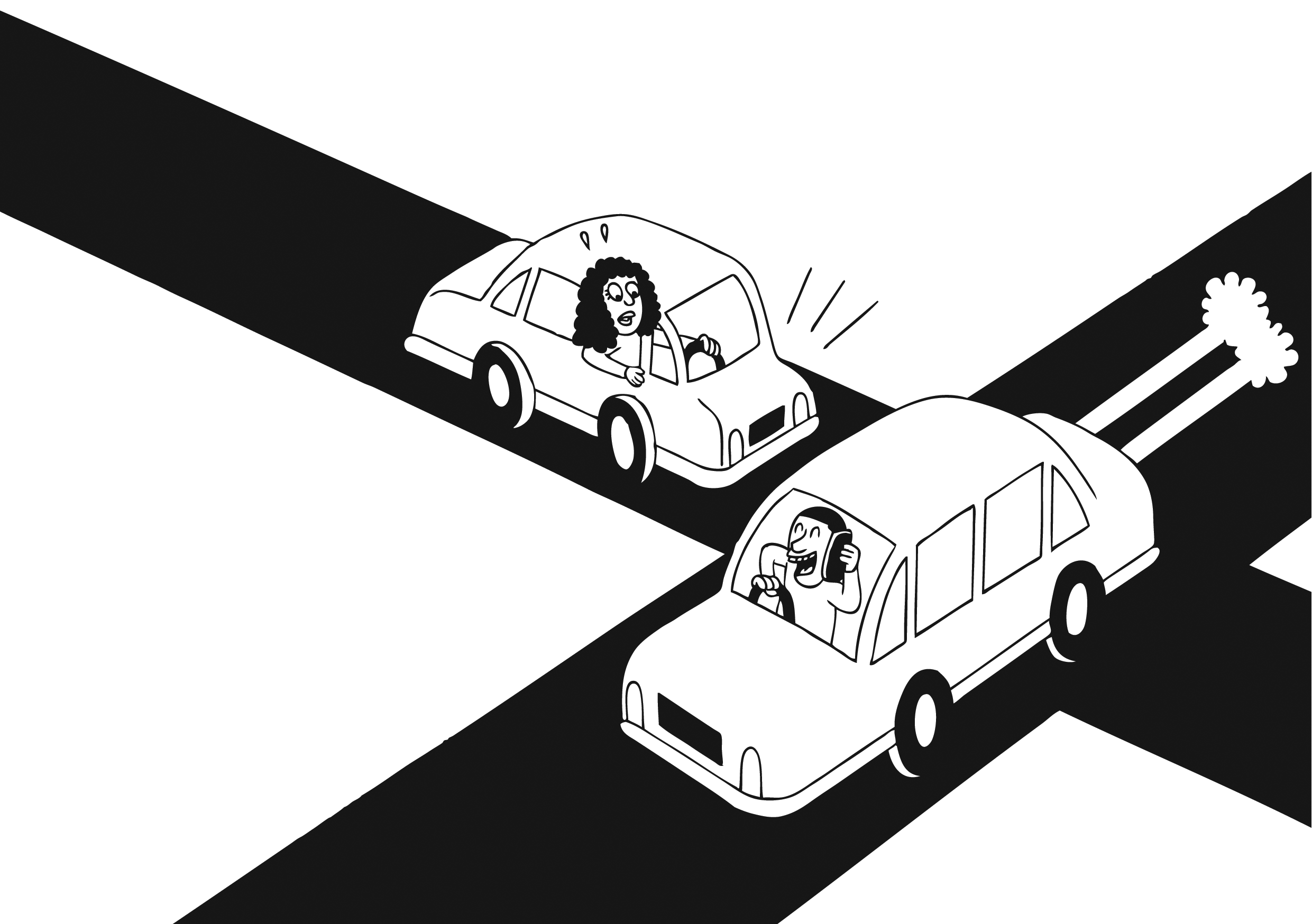Learning Outside the Box
/Each year I deliberately seek an opportunity to learn with 2 criteria.
It will be new.
It will be challenging.
This year I did a yachting skippers ticket. I could write a post about what sailing taught me about business and leadership, but I can already imagine your eyes rolling! Sure there are some parallels, and mostly they would be either naff, obvious, or wonky long shots.
The most useful part of deliberately challenging ourselves outside our comfort zone and usual area of operation are:
It helps us stay adaptable and fresh
It provides a platform for looking at transferability - What do we already know/do that serves us well in a different environment? What can we learn from that environment that translates back to our ‘real world’? What assumptions do we usually make that either serve or hinder us?
One of the biggest confirmations for me on the course was to make objectives and communication as clear as possible. Hunt down ambiguity and break things down as much as needed. Oh, and when things go well, say so, it really lifts team focus/morale and sets the bar for what comes next.
Where and how can you test yourself in 2025?





